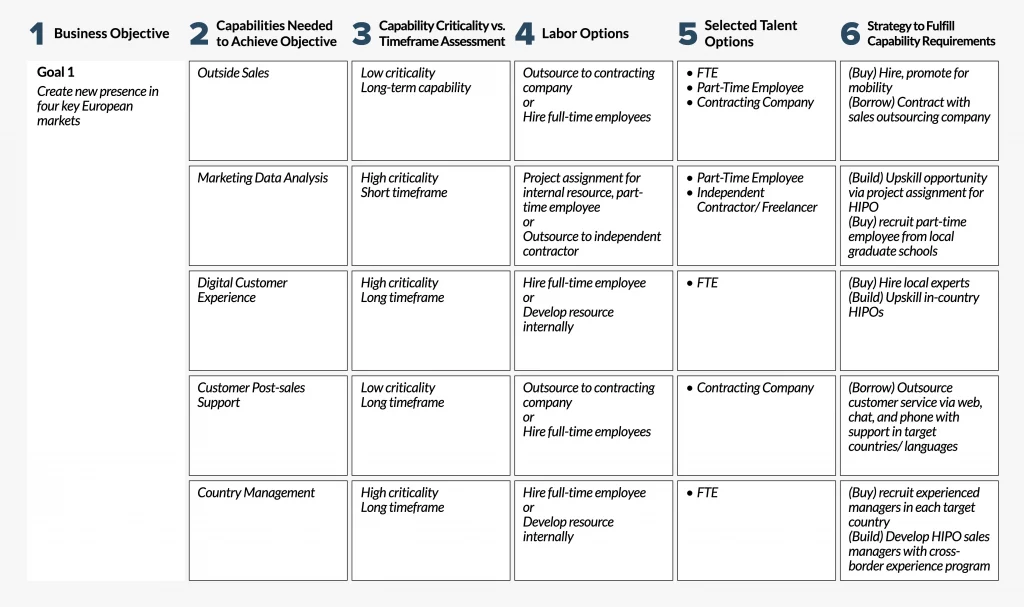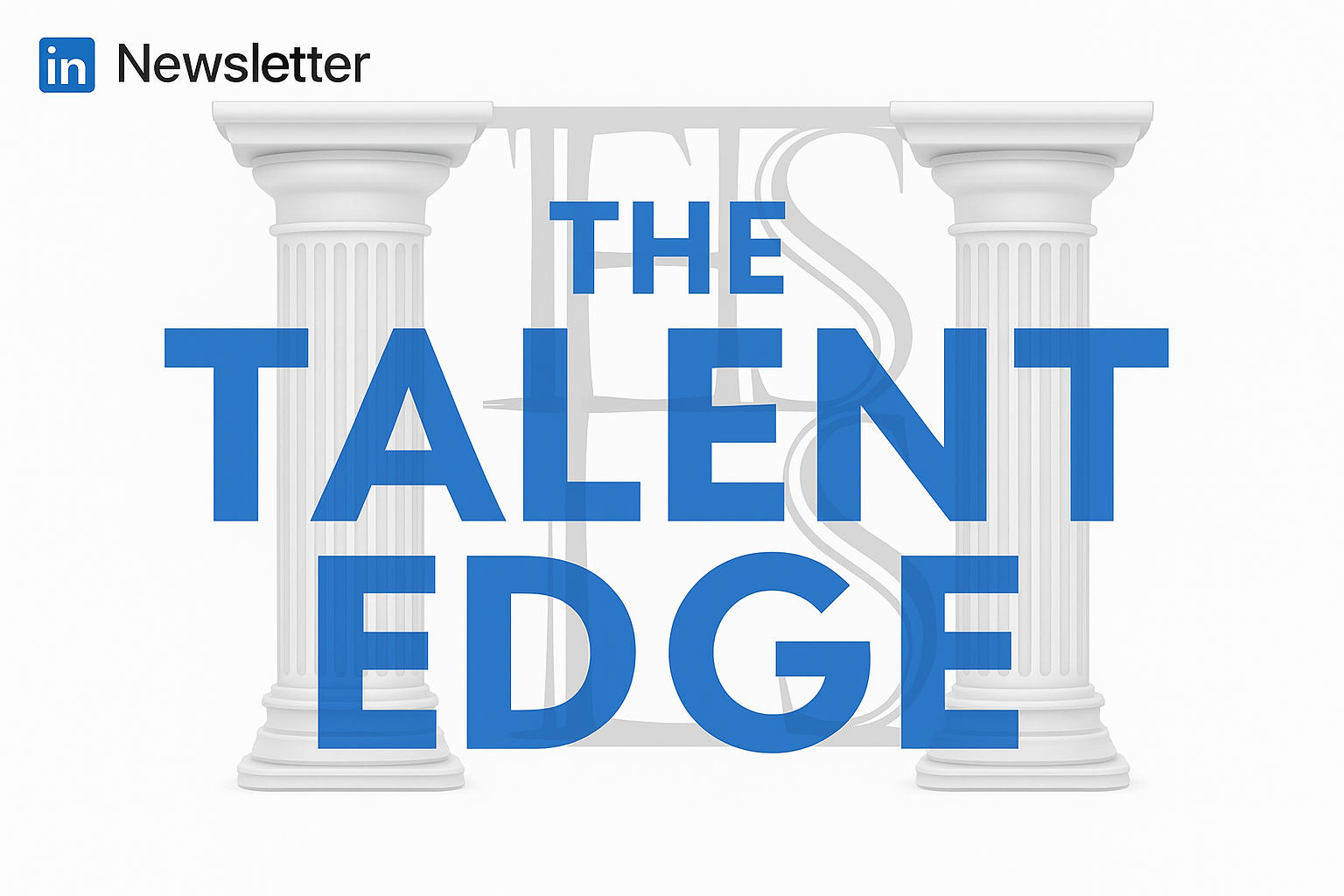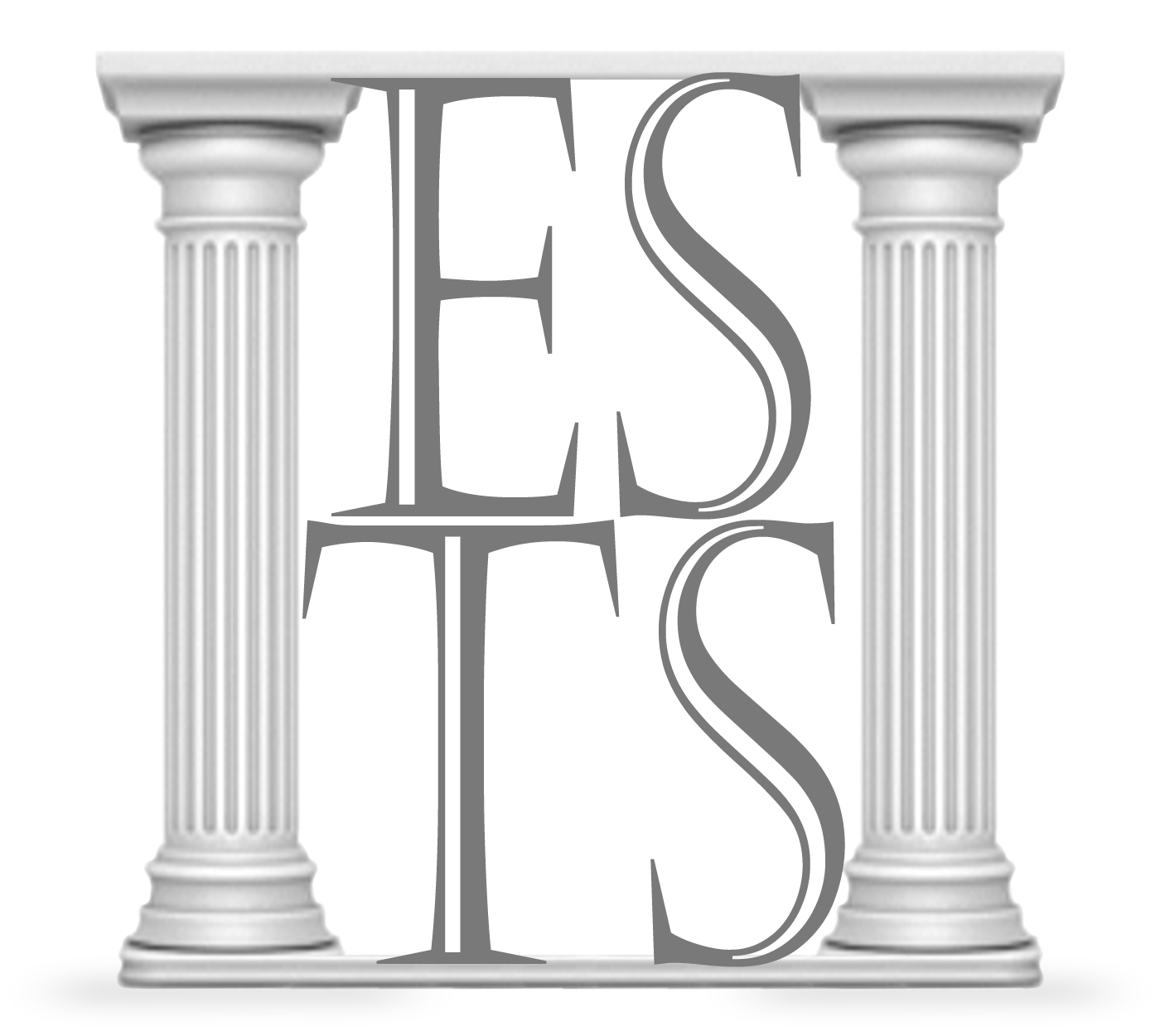Strategic Talent Planning
As we head through the second half of 2025, I’ve been having conversations with recruiting leaders about their biggest challenges. One theme keeps coming up: the struggle to align talent acquisition with rapidly changing business priorities. This newsletter focuses on strategic talent planning – the foundation that separates reactive hiring from proactive talent strategies. Whether you’re scaling a startup team or optimizing recruiting at an established company, the frameworks shared today will help you build a talent strategy that actually drives business results. Let’s dive in.
3-Prong Framework for Strategic Talent Planning
Most recruiting teams are excellent at filling open positions but struggle with strategic planning. After 25+ years in talent acquisition, I’ve seen this pattern repeatedly: companies that invest in strategic planning consistently outperform their competitors in both time-to-hire and quality-of-hire metrics. Consider this 3-Pillar Framework:
Pillar 1: Business Alignment Your talent strategy must be directly connected to business objectives. This isn’t just about headcount planning – it’s about understanding which roles will drive growth, which skills will become critical, and how market changes will impact your talent needs. I recently wrote a comprehensive guide on this topic: Creating Your Strategic Talent Roadmap. In that post, I break down the exact process my clients use to map business goals to talent requirements in a practical rather than theoretical manner.
Pillar 2: Process Optimization Strategic planning requires examining your current recruiting processes with fresh eyes. Where are the bottlenecks? Which steps add value versus those that just add time? Most organizations discover they can reduce time-to-hire by 30-40% simply by eliminating redundancies, sometimes with very low-cost solutions.
Pillar 3: Technology & Resource Alignment Your tools, vendors, and internal resources should work together seamlessly. Too often, I see companies with great individual components that don’t integrate well. Strategic planning means creating an ecosystem that amplifies your team’s effectiveness. (Side note – I literally founded my consulting practice on the idea that companies should define process then look for tools to augment it rather than buy technology and try to cram processes into the new shiny tool).
Summary: Strategic talent planning isn’t a once-a-year exercise. The most successful organizations review and adjust their approach quarterly, staying agile while maintaining strategic focus.
In an ESTS online poll of newsletter readers, 96% answered “Yes” to this question:
Do you believe Strategic Talent Planning should be part of your corporate recruiting routine?
Quick Insights: 4 Tactical Tips for Immediate Implementation
- Start with Skills, Not Just Roles: Map out the critical skills your organization will need 6-12 months from now. Many of your future hires might not fit traditional job descriptions, but they’ll have the skills to drive success.
- Create Hiring Manager Partnerships: Schedule monthly check-ins with your top hiring managers. Understanding their evolving needs prevents last-minute “urgent” requests that derail your strategic planning.
- Build Talent Pipeline Maps: For your most critical roles, maintain a pipeline of 3-5 potential candidates at all times. This transforms reactive hiring into proactive talent acquisition. Read my detailed pipeline strategy here.
- Implement 30-60-90 Planning: Break your annual talent strategy into 30, 60, and 90-day action items. This makes large strategic initiatives manageable and keeps momentum strong throughout the year.
Tool Spotlight: The Strategic Planning Grid
This month, I’m highlighting a simple but powerful tool: the one-page Strategic Planning Grid. The team at Wowledge has written an excellent article describing how to evaluate your business to determine the most appropriate workforce mix. Sign up to be a member (It’s free!) and access the article here. It details this framework:
1️⃣ Evaluate key business strategies
2️⃣ Identify capabilities needed to achieve business strategies
3️⃣ Categorize each capability for its value and timeframe to achieve goals
4️⃣ Review and choose the most appropriate talent options (Full-time, part-time, contract, etc.)
5️⃣ Select appropriate talent strategy using the 6 B’s methodology (Buy, Build, Borrow, Bind, Bot, Bounce)
A sample visual of the talent strategy:

Courtesy of Wowledge Expert Team
Head to Wowledge for details of this strategy and many more valuable tools for HR practitioners.
Client Success Story: From Chaos to Strategic Clarity
A mid-sized company approached me after struggling with an average time-to-hire of 90+ days and constant conflicts between recruiting and hiring managers. Their biggest challenge wasn’t lack of effort – it was lack of strategic coordination.
The Challenge: Multiple competing priorities, no clear process for handling urgent requests, and technology that created more work instead of streamlining it.
The Solution: Implementation of the 3-Pillar Framework, starting with business alignment sessions that got everyone on the same page about priorities, then optimization of process flow and integration of existing tools to allow more effective recruiting.
The Results: Within 90 days, they reduced average time-to-hire to 60 days and saw a 60% improvement in hiring manager satisfaction scores. More importantly, they now have a sustainable system that scales with their growth.
Key Lesson: Strategic planning isn’t about perfect prediction – it’s about creating systems that can adapt quickly when priorities change while maintaining quality and efficiency.
If this newsletter has provided value, I would appreciate you sharing with other recruiting professionals who might benefit from these insights. Building a community of strategic-minded talent leaders benefits everyone.
Let’s Connect
These strategic planning principles have helped my clients reduce time-to-hire and improve quality-of-hire metrics. If you’re looking to move from reactive hiring to strategic talent acquisition, I’d love to discuss how we might work together.
Feel free to schedule a consultation call – I always enjoy talking with fellow recruiting leaders about what’s working and what challenges you’re facing.




0 Comments
7 Steps to a Winning University Recruiting Program
Campus Recruiting Programs are an excellent way to acquire talent to develop. And building a productive college recruiting program doesn't have to be expensive or time consuming
Candidate Sourcing in 2025: Beyond LinkedIn and Job Boards
Sourcing talent is evolving rapidly. If you're solely relying on the same methods you were two years ago, it's time to make a change.
The Talent Edge Newsletter – Technology that Transforms Recruiting
This monthly newsletter covers all things technology this month, including ATS selection, vendor assessment tools, and more.